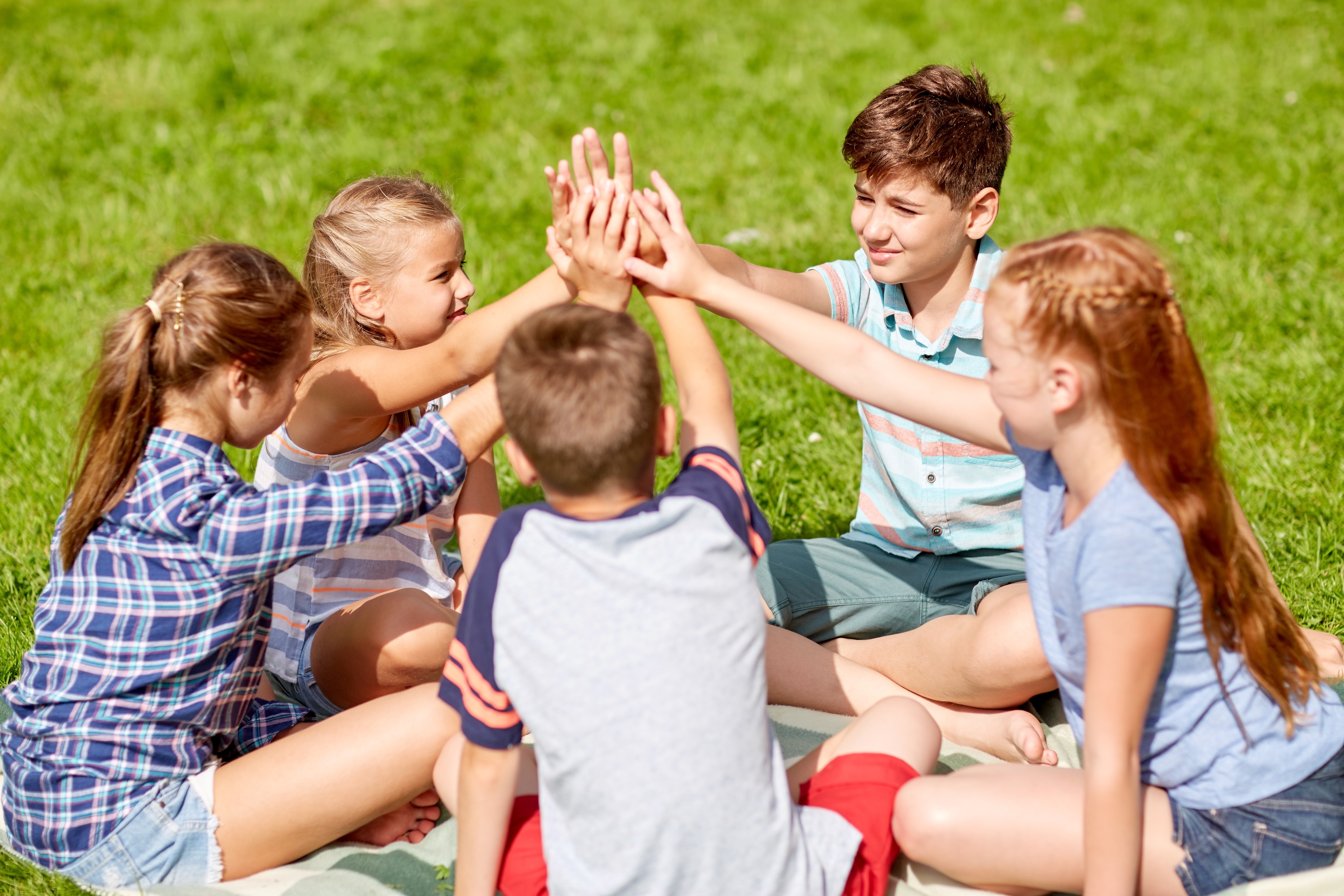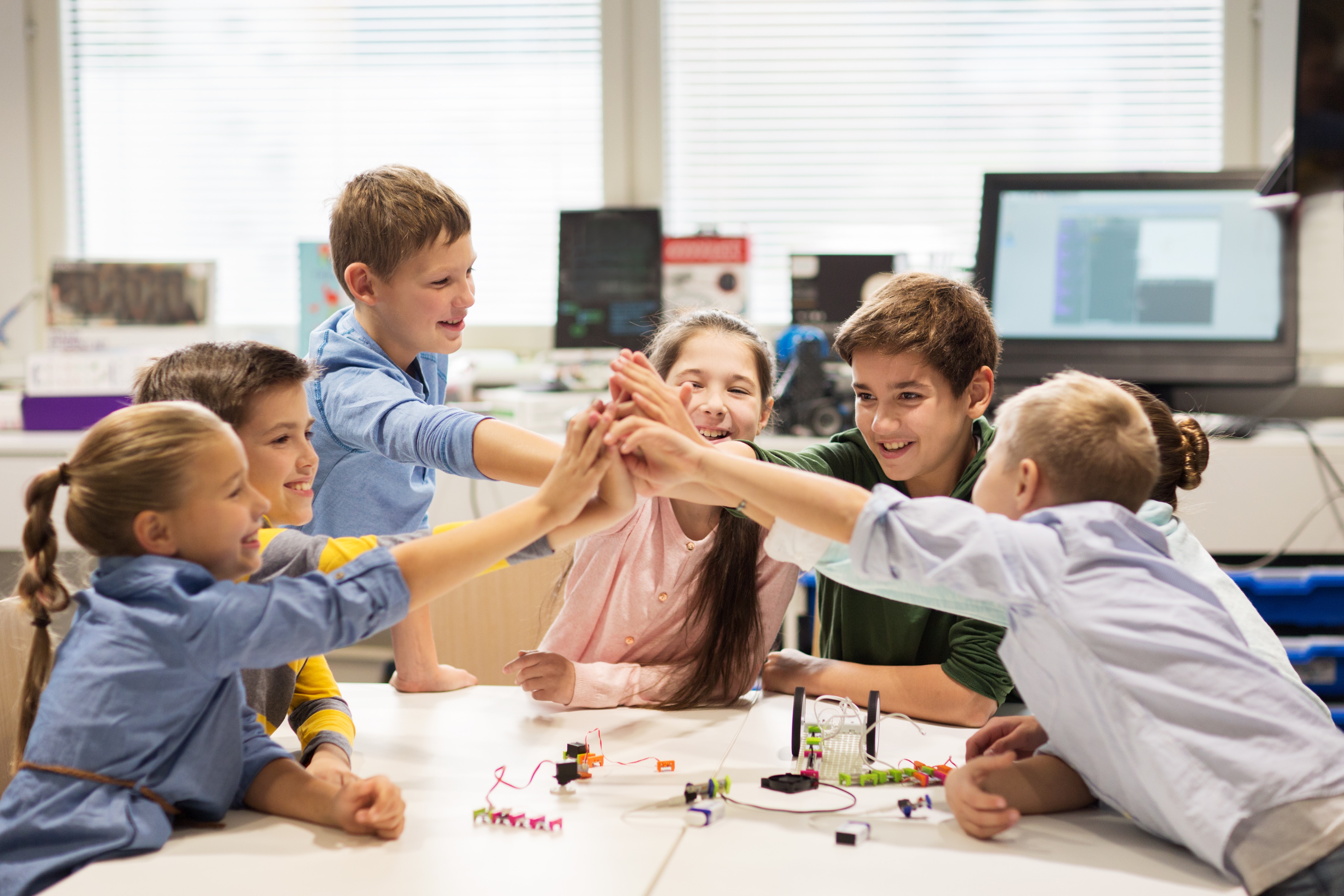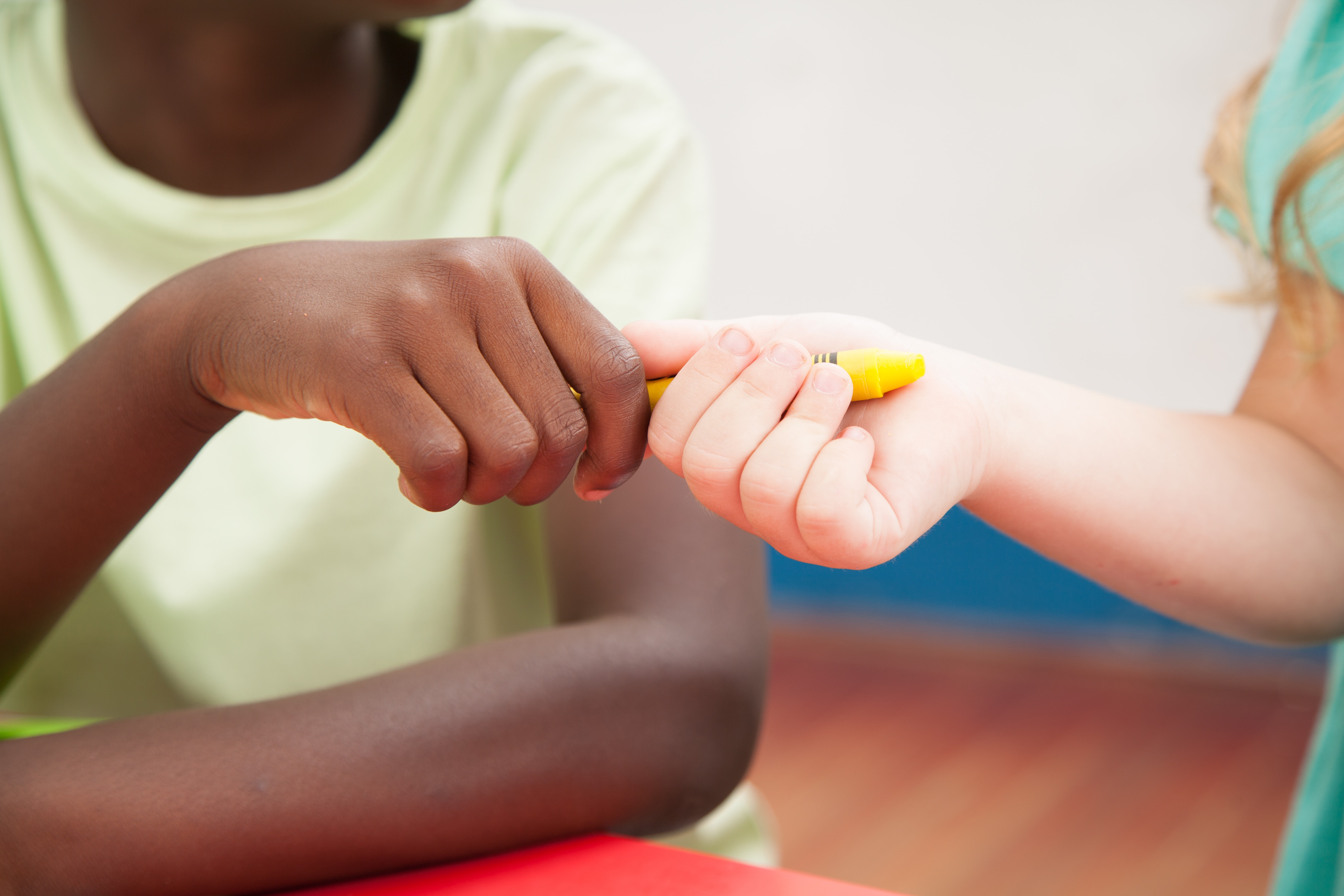Promoting friendships and sharing in the classroom
As Anti-Bullying Week has recently ended, we have created some inspiration to help with promoting friendships in the classroom and how to share. So your pupils can build positive relationships, be kind to one another and learn an essential life skill.
Promoting friendships and sharing in the classroom are both vitally important. It allows children to develop social skills, have friends and know how to treat their classmates with respect. These skills have needed to be learnt again due to the pandemic. Kids have become used to home learning where they don’t have to share and were unable to see others. Now that schools are back in full swing we have some useful tips to help promote these essential life skills, helping you to build their confidence back up.
Promoting friendships
It can be hard for children to interact with each other and make friends, especially due to the pandemic where they were separated from their friends and peers. With school continuing in the classroom, it is essential to guide pupils with friendships, interaction skills, and even help form new friendships!

7 tips to promote friendships
1) Make use of fun sessions where the class can get to know one another.
At the beginning of a new year do a getting to know you exercise. This can be as simple as the children introducing themselves, what they love to do in their spare time and what they did over the holidays. This is so everyone gets to know each other more as they grow, they can find out what has changed about everyone. It’s also useful for teachers to know too!
2) Teamwork
Group work is essential for children to bond. Any opportunity you can get split your class into pairs or small groups. Make sure you randomly choose pupils to group together, and each time mix the class up. This allows children to work with everyone in their class so they can make more potential friendships. Kids easily create relationships with others when they have to problem solve together to figure tasks out. They could even wear our Playground Friend Baseball Caps together. It creates a great foundation for them to have more friendships outside of class!
3) Have a designated storytelling time
Doing a storytelling circle time lets your pupils sit together and join in on listening to stories together. They can interact with each other through this and share their thoughts on the story. It’s a fun way for pupils to mix whilst being comfortable, they won’t even notice that they are bonding therefore there’s no pressure on them.
To get the class more involved, you could go around each individual to read or share their thoughts on parts of the story. Or why not get even more creative by making a story up together?

4) Create thought-provoking lessons
Try and incorporate discussions of friendships into some lessons. This can be done through creative writing where pupils can write their thoughts about friendship. Or they can even write them down in a list. After this, discuss why they wrote this as a class so everyone can see how each person feels about the topic. The kids will become interested in creating new friendships from these discussions.
You could even tie in thoughts about bullying and feeling left out as some children may write about feelings connected to this. Explore these feelings and ask the class if anyone has treated someone in this way and why? This will help children to understand each other as well as respecting one another to prevent bullying behaviour.
5) Set rules
At the beginning of every new year or term, make sure to set some rules as a class. These can include anything but make sure to add some behavioural ones too! Rules can help the children to respect one another as well as learn the importance of kindness, leading to friendships forming between pupils. By letting your pupils be a part of the process, they are more than likely going to stick to the rules as they helped create them!
6) Offer after school activities
Create a range of after school activities from sports to crafts and anything else in-between. These activities offer pupils the chance to get to know each other outside of the classroom. They will have fun whilst bonding with each other and hopefully continue bonding outside of school!
Try offering these activities once every week and change what the kids will be doing to keep them interested in participating. You could even mix classes up, if possible, so your class can have the chance to bond with other pupils in the school too.
7) Get the class to complement each other
This can be done however you like, whether you get the class to tell each other their compliments verbally or written. Every week, assign a different pupil to each member of your class so that the whole class are included.
You could have a display board where the children can pin up their compliments to one another or why not keep it a secret by using a ballot box? The pupils can then write their compliments down for someone and fold them up placing it in the box or tub. Then, at the end of every week, you could read or hand out each child’s compliment whilst the pupil who wrote it stays anonymous.
This is a lovely way to get the kids to think about the positives of each other whilst encouraging kindness. It will help with forming friendships between the class as well as putting a smile on everyone’s faces! Plus, this can help to dispel forms of bullying towards individuals.
Helping with sharing
Children need to be able to share and understand the importance of sharing. This helps them to make friendships, understand taking turns and playing together, and negotiate. Sharing in the classroom lets children figure out how great it is to give someone part of something and still get a bit for themselves, as well as learn about how to compromise.
Model sharing and taking turns
The best way to show your pupils how to share and take turns is by modelling that behaviour. Make sure to share certain things with your pupils and verbally tell them or ask them about sharing whilst doing this. If possible, you could even do this in front of your pupils with other teachers.
Another way to model sharing behaviour is by pointing out when your class shares something. It can just be a statement that points out the fact that a child has just shared. Reinforce this with a well done or a reward for doing that, such as a fun sticker! This will help pupils realise that sharing is a good thing, and they will be encouraged to learn this behaviour as well as implement it themselves.

Give opportunities to learn and practice sharing
There are many ways to help your pupils practise sharing. A really good way to do this is by simply talking to your class. Use a discussion focused on why sharing is good for everyone to allow children to find the benefits of sharing. It can be centred around the idea that sharing brings joy and fun! This will excite your pupils and interest them in sharing. Plus it will entice them to start sharing which builds the skill up the more they do it.
Make some time to play sharing-based games with the class. This can be using building blocks to build a tall tower whilst instructing the class to take turns. After one child stacks one block, tell the next pupil to stack the other one and so on. You can pair this with a subject like Maths, so the class learns a core subject whilst also learning the value of sharing and how to share.
Sharing games can also be incorporated into something more fun, such as 6 Personal Growth Games. These will help with social skills as well as letting pupils figure out the importance of sharing. Another great game to play is The Waiting Game. This is ideal to teach pupils how to take turns. They will be able to develop their patience whilst letting others have a go! Children will have so much fun playing these whilst learning valuable life skills.
Promoting friendships and sharing in the classroom is important to help children develop. They will need to develop social and sharing skills throughout their life. Using these tips can help start your pupils off on the right track with these essential skills.